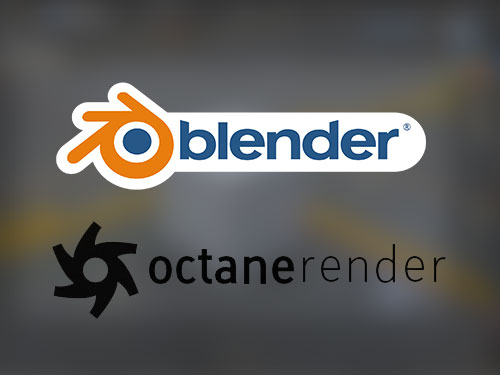
So yeah, your options are kind of limited.

Bridge will automatically detect it and make the right material for it. If anyone encounter this issue : - Render. Rau posts a detailed overview for working with SSS in Octane, and offers tips and things that you should keep in mind to knock out great Subsurface Scattering elements in your scene. If you read the documentation it definitely comes across as being a use at your own risk, cause it might not work Indigo Render is supposed to support OpenCL, but as a hybrid renderer like Cycles, its not really as fast as Octane or Redshift. Its working actually but its wasnt clear as user on Cinema4D mostly use LiveViewer and not the C4D Built-in render. If you have questions about SSS, then Silverwing’s Raphael Rau has some answers for you in his latest tutorial Octane’s Subsurface Scattering may not be as intuitive as the rest of the renderer, but it is really accurate to real life, and offers some amazing results. That is the area of Subsurface Scattering. There is one area of Octane that you might not find as intuitive as the rest of the integrated renderer. But most if not all DAZ bundles are for Iray. It is one of the reasons that Octane is so popular among Cinema 4D users. Octane uses the GPU and RAM/VRAM way more efficiently than Iray which means you get ultra fast renders (talking about a 2080 Super RTX here) and no waiting time to lad textures in memory. You can find a useful Doxygenated developer documentation in the. For the most part Otoy has had great success on that premise. Redshift Render for Cinema 4D / 3ds Max / Maya / Houdini is a very flexible as it is. Octane was intended to bridge the gap between stunning renders and ease of use. I will try a turntable animation tomorrow and try and post.Silverwing’s Raphael Rau Provides a Detailed Overview for Working With Subsurface Scattering With Octane Render in Cinema 4D A comprehensive log management solution for easier compliance. It blows me away that Octane can do this sort of resolution and clarity in a 1280 x 720 window in 7 seconds with just 75 samples. Automated human-like digital assistant which can engage in natural language dialogues. I would like to see the fog implemented within the Octane4Rhino plugin and have spent much time on the OTOY site today on this and instancing but the documentation there is pretty slim. Blender: support for OSL shaders and UDIM textures Redshifts new Blender.
#Octane render 4 documentation upgrade#
I just upgraded and probably will not ever go back to the Standalone even though I paid for the upgrade as I am a Rhino kind of guy. In Part 1 of this jam packed 2 part Cinema 4D Octane Render tutorial. I have used most of the other render options for Rhino and am really happy with the results from Octane for speed and realism. I would like to see other Octane for Rhino users add their results and hope that we can build more acceptance for your plugin for Rhino here. I was just playing around with the new features in V3 with this simple model today but will try more complete models and share here. I have been following this challenge and understand the limits that are presently in place but when that is overcome it would be the answer to my dreams. The next thing that I really hope for is the Rhino clipping plane to be available in the Octane render. Your efforts have been great and I hope you are rewarded for them. I have always wondered why Octane for Rhino has not been embraced here in the Rhino community. More environment tweaks and a finite groundplane with a tile texture. As the Cinema 4D Octane plugin stores the environment color in the user. PMC mode ups the time to 40 seconds but I still really don’t see much difference, maybe with specular materials it would show. Octane Render Kit (ORK) is a complete starter kit for Octane Render plugin for Daz Studio, equipped with ready to render Genesis 8 materials, Octane Render environments, mesh lights and render settings, custom base shader pack, and templated shaders for easy one-click conversion of scene materials from Iray to Octane. Unlike VRay, you have to render the prepass for all the frames at the final. Helps show the depth of field on the mesh wires.

I just tried the ‘info channel’ Kernel for the first time, pretty neat. Going from direct to pathtracing adds 5 seconds but I don’t see a lot of improvement. I should try different lighting modes and compare. 180 samples and the fireflies go away within the first few samples. Two emitter lights and a HDRI lighting environment. Seems much faster than before.ġ5 seconds render time for 1280x720.

Been playing with some studio product setups and and pretty happy with the results. I just realised yesterday that I should check out the Octane 3 plugin for Rhino and have done the upgrade.


 0 kommentar(er)
0 kommentar(er)
